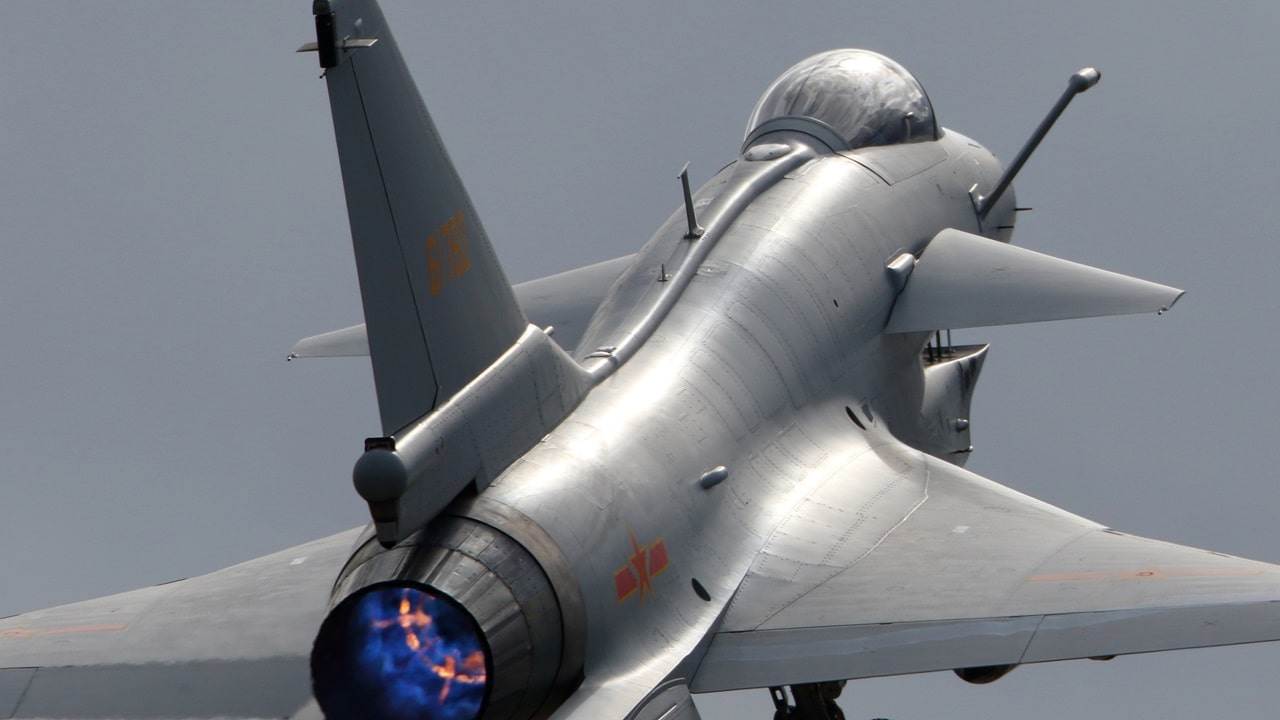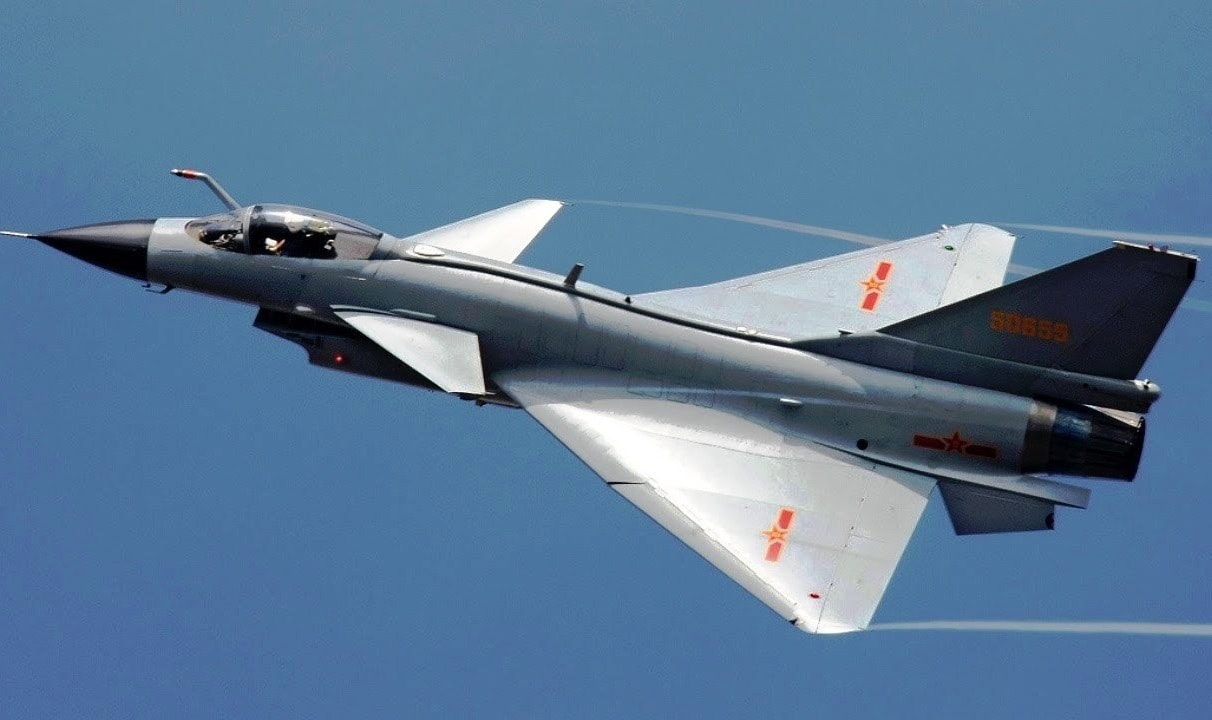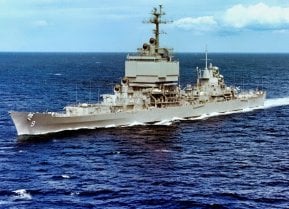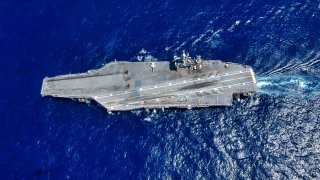U.S. Military Thinks China Is Biggest Threat Faced Since World War II
Last week, U.S. Navy Admiral John C. Aquilino testified in Congress as part of annual assessments on the military. He singled out China as the most pressing national security threat in the region.
Summary: Admiral John C. Aquilino, head of the U.S. Indo-Pacific Command (INDOPACOM), recently highlighted China as the most significant national security threat to the United States since World War II during his testimony to Congress. He emphasized China's increasingly belligerent actions and explicit claims to territories such as the Second Thomas Shoal as sovereign Chinese land. With a reported defense budget increase to $225 billion, which is believed by U.S. officials to be an understatement of actual spending, China's military expansion is notable. This includes adding hundreds of advanced fighter jets, major surface combatants, and nearing the completion of its third aircraft carrier. Furthermore, China has significantly increased its ballistic and cruise missile inventories and space satellite launches.
The China Threat Looms for the U.S. Military
China is the greatest threat to U.S. national security. It has been so for at least a decade, ever since the end of major operations in the Global War on Terror put attention back on the prospect of large-scale, conventional warfare with near-peer states.
There may be no one more qualified to talk about China than the head of the U.S. Indo-Pacific Command (INDOPACOM)
China: The Most Serious Threat Since WW2
Last week, Navy Adm. John C. Aquilino testified in Congress as part of annual assessments on the military. He singled out China as the most pressing national security threat in the region.
“What we all have to understand is we haven’t faced a threat like this since World War II,” he told the lawmakers of the Senate Armed Services Committee. “Their actions are becoming much more belligerent, their rhetoric is more clear. They have now articulated that the feature at Second Thomas Shoal is sovereign territory of the People’s Republic of China.”
As the head of INDOPACOM, Adm. Aquilino is responsible for military operations in the region.
“The PRC is the only country that has the capability, capacity, and intent to upend the international order,” Aquilino added.
In March, Beijing announced an increase in its defense spending of 7.2%, for a budget of approximately $225 billion. But U.S. intelligence and defense officials assess that the Chinese Communist Party is actually spending considerably more than that, and the total is close to what the U.S. is paying for its defense.
“They’ve increased their defense budget 7.2 percent this year, that’s three years in a row they’ve increased it and I’m not sure that’s a very transparent number,” Aquilino said. “My assessment is they’re actually spending more on defense than they articulate.”
Crucially, the threat coming from China is a whole-of-nation attempt to wrestle global supremacy from the U.S. and the West. Chinese companies, non-governmental organizations, and even individuals are exerting themselves to benefit Beijing. This wholescale approach transcends industries and sectors and encompasses military, diplomatic, economic, social, cyber, and cultural ventures.

When it comes to military power, in just three years, the Chinese military has added 400 fourth- and fifth-generation fighter jets to its air force; more than 20 major surface combatants, such as guided missile cruisers, destroyers, and frigates; and is close to completing its third aircraft carrier. In addition, the Chinese military has doubled its inventory of ballistic and cruise missiles and has launched twice as many satellites into space.
The U.S. doesn’t rely on just its own military capabilities to fend off a pugnacious China. Successive administrations have invested in a deterrence network of allies and partners in the regions and across the world to contain the threatening rise of China.
But countries in that network are pressured by China themselves, and that complicates efforts to push back against Beijing.

“We’re seeing it from U.K. and EU nations, more of them are going to deploy to the Pacific,” Aquilino said. “The centrality of [the Association of Southeast Asian Nations] is important to the region, and it’s not that they’re not seeing it. It’s a concern about speaking out and being at risk for follow-on PRC economic coercion, and other behaviors, that will negatively impact their nation.”
About the Author
Stavros Atlamazoglou is a seasoned defense and national security journalist specializing in special operations. A Hellenic Army veteran (national service with the 575th Marine Battalion and Army HQ), he holds a BA from the Johns Hopkins University, an MA from the Johns Hopkins’ School of Advanced International Studies (SAIS). He is pursuing a J.D. at Boston College Law School. His work has been featured in Business Insider, Sandboxx, and SOFREP


